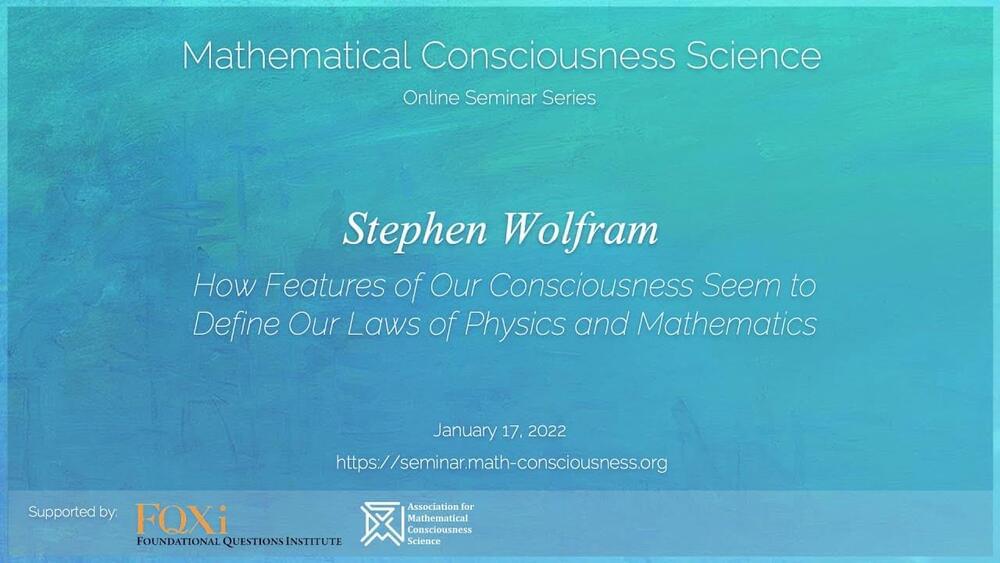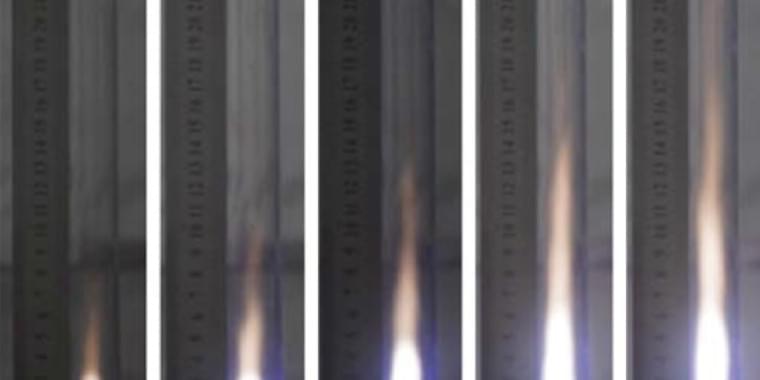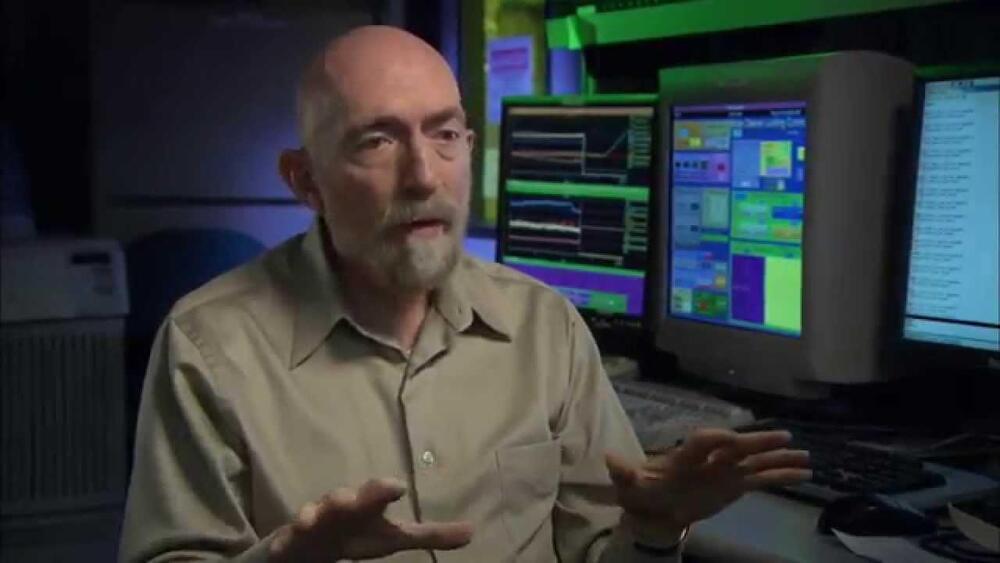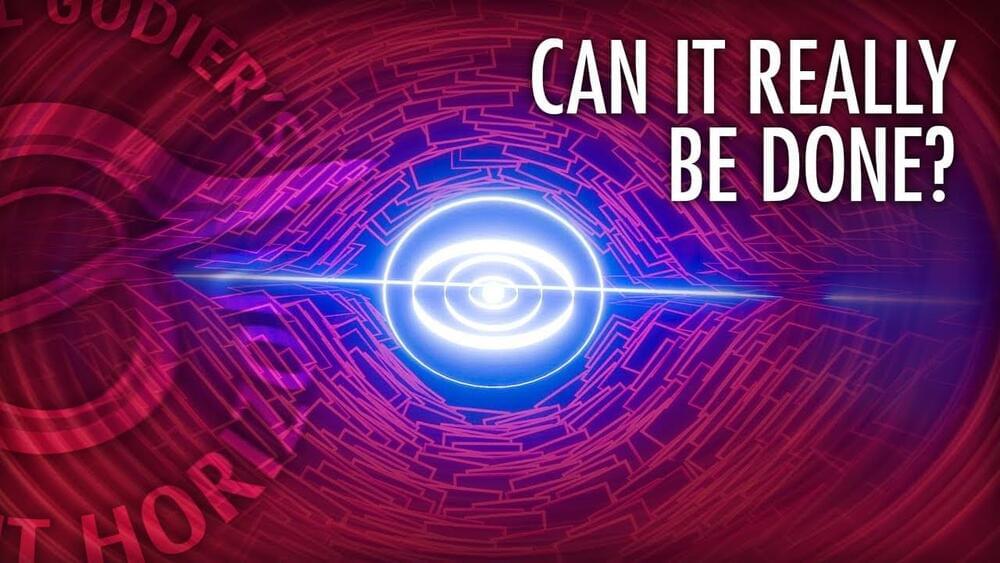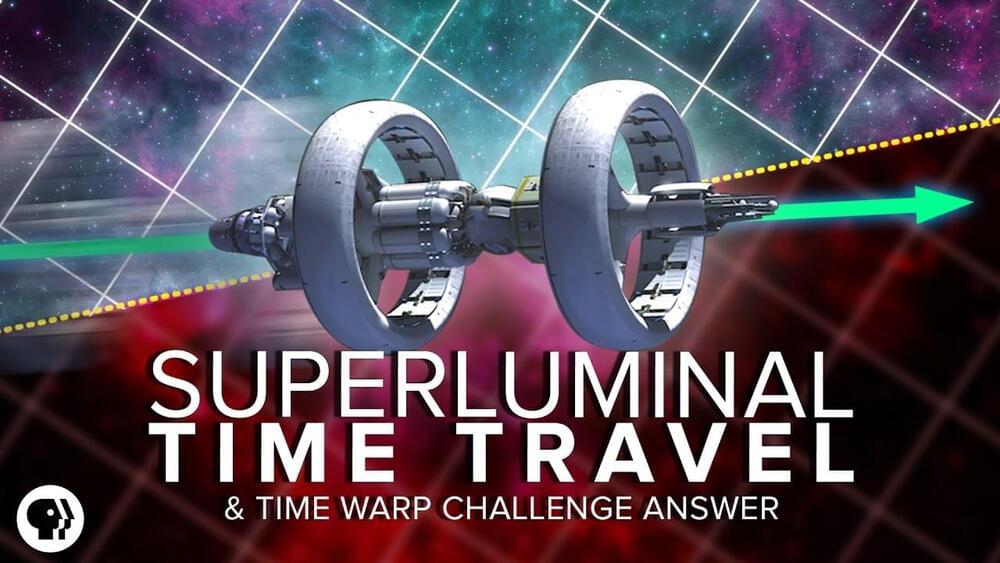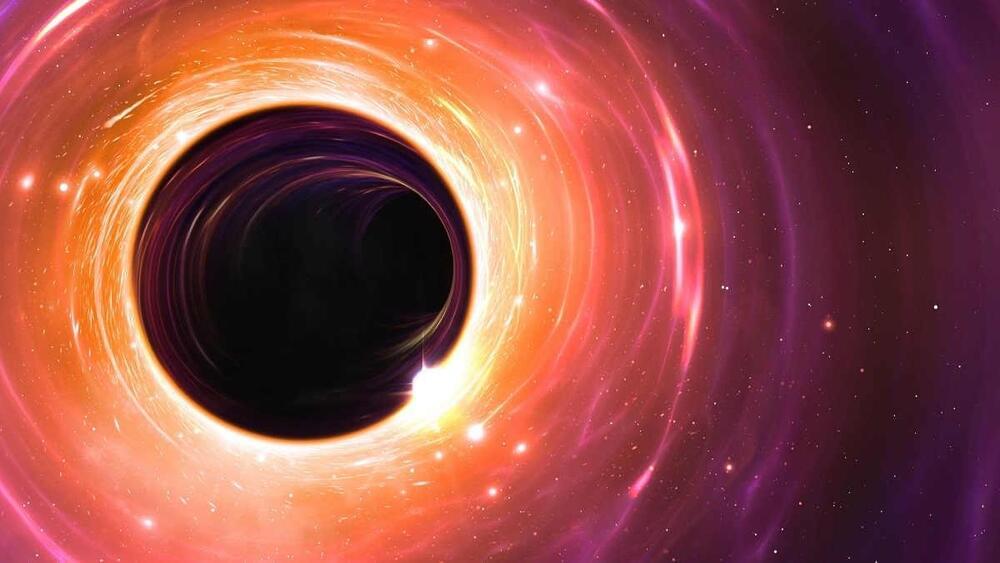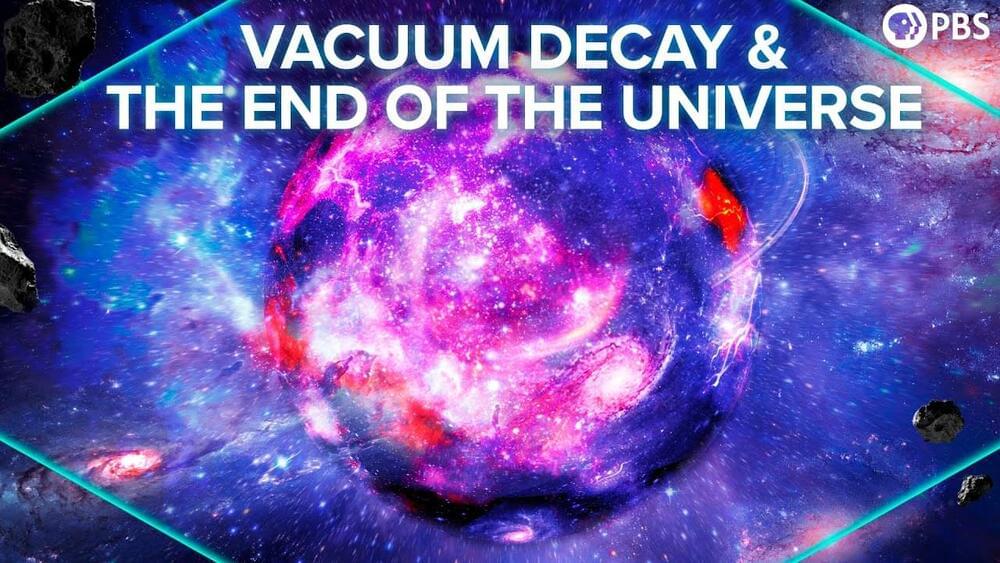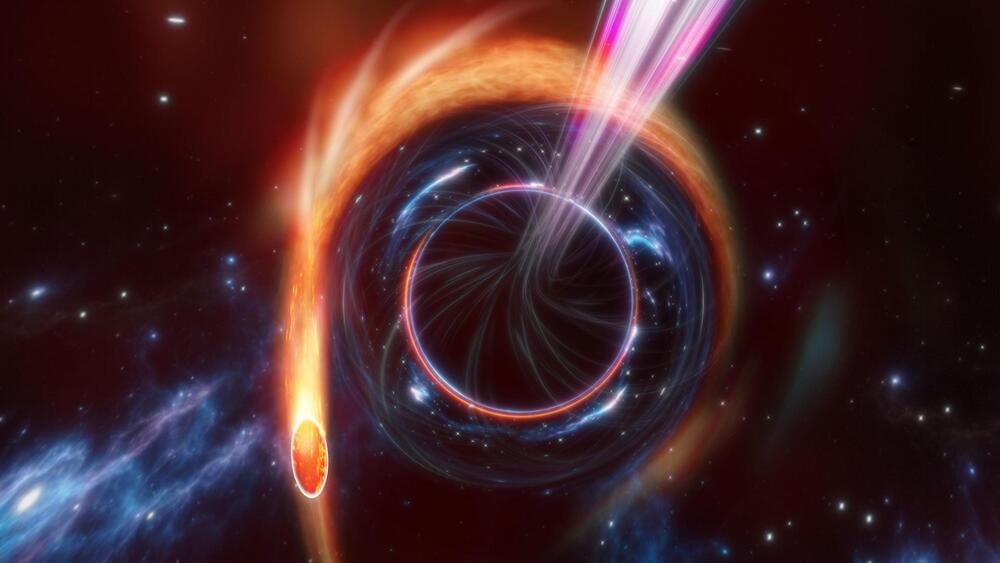Dec 5, 2022
How Features of Our Consciousness Seem to Define Our Laws of Physics and Maths (Stephen Wolfram)
Posted by Dan Breeden in categories: computing, mathematics, neuroscience, physics
Our Wolfram Physics Project has provided a surprisingly successful picture of the underlying (deeply computational) structure of our physical universe. I’ll talk here about how our perception of that underlying structure is determined by what seem to be key features of our consciousness—and how this leads to detailed laws of physics as we experience them. Our Physics Project has led to the concept of the ruliad—the entangled limit of all possible computations—which seems to represent a common underlying structure from which both physics and mathematics emerge. I’ll talk about the comparison between physical and mathematical observers, and how their common features in consciousness lead to implications for general laws of “bulk mathematics”.
